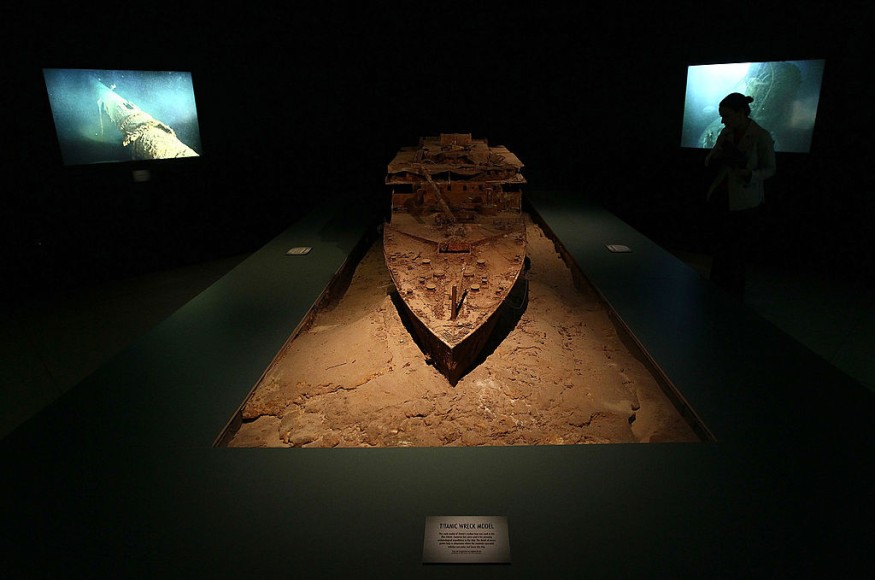Unprecedented images of the world's most renowned shipwreck, the Titanic, have emerged, offering a never-before-seen perspective. Through the utilization of deep-sea mapping technology, a comprehensive digital scan of the entire ship has been produced, providing a remarkable 3D visualization as if the water surrounding it has been removed.
The groundbreaking scan of Titanic, which rests at a depth of 3,800 meters (12,500 feet) in the Atlantic Ocean, aims to uncover fresh insights into the tragic fate of the Titanic, which sank in 1912.

A Major Step Towards the Evidence-Based Research on the Titanic
Previous exploration of the shipwreck, which claimed the lives of over 1,500 people during its maiden voyage, has provided only fragmented glimpses of the colossal vessel due to its immense size and the challenging conditions at the depths of the ocean.
However, BBC News reported that the latest scan conducted by deep-sea mapping company Magellan Ltd in collaboration with Atlantic Productions for a documentary provides a comprehensive 3D reconstruction of the entire ship. The scan reveals the Titanic's two separated parts-the bow and the stern-approximately 800 meters apart, surrounded by a vast debris field.
The scan not only provides a unique visual experience of the Titanic but also offers the opportunity for evidence-based research to answer fundamental questions about the ship's history and demise. The comprehensive view allows for a better understanding of the collision with the iceberg and the possibility of grounding rather than just a glancing blow.
The study of the stern section may reveal insights into the mechanics of the ship's interaction with the seabed. Parks Stephenson, a Titanic analyst who has dedicated years to studying the ship, told BBC News that the scan showed the true state of the wreck and provide valuable contextual and perspective information for further analysis.
The debris field surrounding the wreck contains scattered items such as ornate metalwork, statues, unopened champagne bottles, and personal belongings like shoes, offering a poignant glimpse into the past. The extensive scan presents an unprecedented opportunity to examine the Titanic's remains and unravel more details about the events that unfolded on that ill-fated night in 1912.
READ ALSO : Aurora Borealis May Have Contributed to Sinking of Titanic, Suggests Meteorological Researcher
Unveiling the Scale and Grandeur of the Titanic
The scanning project, carried out in the summer of 2022, involved submersibles remotely controlled by a specialized team aboard a dedicated ship. Over 200 hours were spent surveying the wreck, capturing over 700,000 images from every angle to create an exact 3D model, BNN reported.
The scan showcases both the grand scale of the ship and intricate details, such as rust-covered bow stalactites and a collapsed and chaotic stern, which spiraled as it descended to the seabed.
The detailed scan of the Titanic reveals both its grandeur and intricate details, such as the serial number on a propeller. While the bow retains its recognizable form but with rust stalactites, the stern is a jumbled mass of twisted metal, showcasing the destructive impact of the seabed.
The debris field surrounding the wreck holds scattered artifacts, including ornate metalwork and poignant remnants of personal belongings like shoes, serving as powerful reminders of the tragic events that occurred a century ago. By studying the comprehensive scan, experts aim to address lingering questions about the ship's collision with the iceberg and gain insight into its descent to the ocean floor.
RELATED ARTICLE: Titanic Wreck High-Definition 8K Video Reveals Exciting, Never-Before-Seen Details 110 Years After It Sank
Check out more news information about the Titanic in Science Times.










